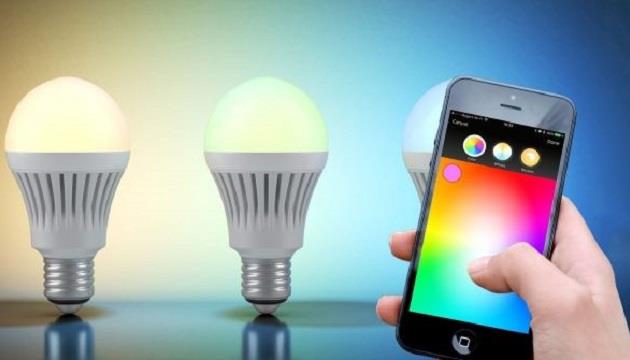The future is coming. Technically, the future is always coming, but the world is starting to see technologies and possibilities it only dreamed of in the past coming to fruition in the present. The process is slow, but the advent of smart infrastructure could change the game for everyone. As networks grow more robust and systems grow more interconnected, everything around us is starting to get wired, networked, and linked.
However, most of us aren't entirely sure what it means for the infrastructure around us to be "smart." We know it involves technology and networking, but beyond that, how many of us really know what to expect? Well, let's take a moment to break down what would be the most common elements of a world with smart infrastructure.
1What’s In Play Here?
Advertisement
One thing that's important to understand would be what's involved and what's at stake. Network-connected technology can potentially push economic development, along with optimizing a number of things that otherwise take so much time, effort, and manpower to manage. The technology allows for a better-interconnected experience throughout the city, possibly boosting tourism, governance, and law enforcement.
Connected technology can transform the way our urban environments work if the implementation is done right. Urban services and systems can become more interactive and the possibility of personnel or equipment "in the field" being updated on the status of things in real-time can optimize service and cut down on overhead costs. All of this can contribute to a more relaxed atmosphere and improved efficiency.

Image Source: www.urbantransformations.ox.ac.uk
2The Heart of It All
Advertisement
The key to all this, of course, are sensors and network technology. The sensors can be configured to detect damn near anything, from the number of cars on the road to disruptions in utilities. Cables will transfer the sensor data to computers. These devices, with their picoblade connectors and complex circuits, will process the information and relay the information to humans monitoring everything.
On the back of all this will be the cables that transfer the data. Fiber optic cables are likely to be used, because their reliability, transmission speed, and resiliency make them an excellent choice. Some might argue for the use of copper instead, but there are numerous challenges that may make it an impractical choice.

Image Source: techspot.com
3Smart Lighting
Advertisement
Smart lighting is probably one of the more visible benefits of the coming future. One of the things that drive up city costs is lighting. Having to keep things like street lights on at specific hours, even when there's no one around to benefit from their use, is expensive. Smart technology can help with this problem by just flipping a few virtual switches.
The sensors in the lights can optimize illumination levels or just switch them off entirely, based on the demand. If there are people in the vicinity, the lights turn on. If there aren't any, they switch off to conserve power or the lighting may be dimmed but remain visible. This can reduce power costs significantly.

Image Source: www.eletimes.com
4Smart Parking
Advertisement
Let's all admit to the fact that parking is a major issue in any city. It's a hassle to find a vacant lot to park in for the day. Smart infrastructure can also have a huge impact on this, as in-ground sensors improve and detect drivers as they move around. Embed these on the ground of the lots, detecting cars as they move in and out to find a spot.
This data can then be used to trigger any number of potential systems. It can be as simple as a light turning on that signals a driver to an available spot to more complicated ones that record timing, duration, and other data on the used space. You can cut down on time wasted roaming the lots, along with congestion, vehicle emissions, and driver stress. All it requires are a few sensors, a cloud server to process the information, and a system to transmit data in real-time.

Image Source: www.kyosis.com
5Networked City Systems
Advertisement
Interconnected streets and systems can bring a whole host of benefits, as well. Wiring these areas with sensors allow for acquiring and transmitting data on anything from damaged water pipes to traffic information. Roadworks, accidents, rainfall, and more can be recorded and sent, allowing for analysis as the data comes in. This can help improve factors like traffic management, public transportation, and even urban planning.
It may not sound like much, but city governments are always in need of more data. It allows them to better understand the situation and highlight potential solutions to problems. At the bare minimum, the systems can be used to detect utility-related issues and allow for a faster response.

Image Source: siemens.com
6Conclusion
Advertisement
The smart city is coming, and it's going to be a game-changer. Yes, there will be challenges and adjustments to be made. However, the potential benefits on a local and global level can be huge, and should not be overlooked. The future is ever marching forward, and smart infrastructure can go a long way to helping people keep up.